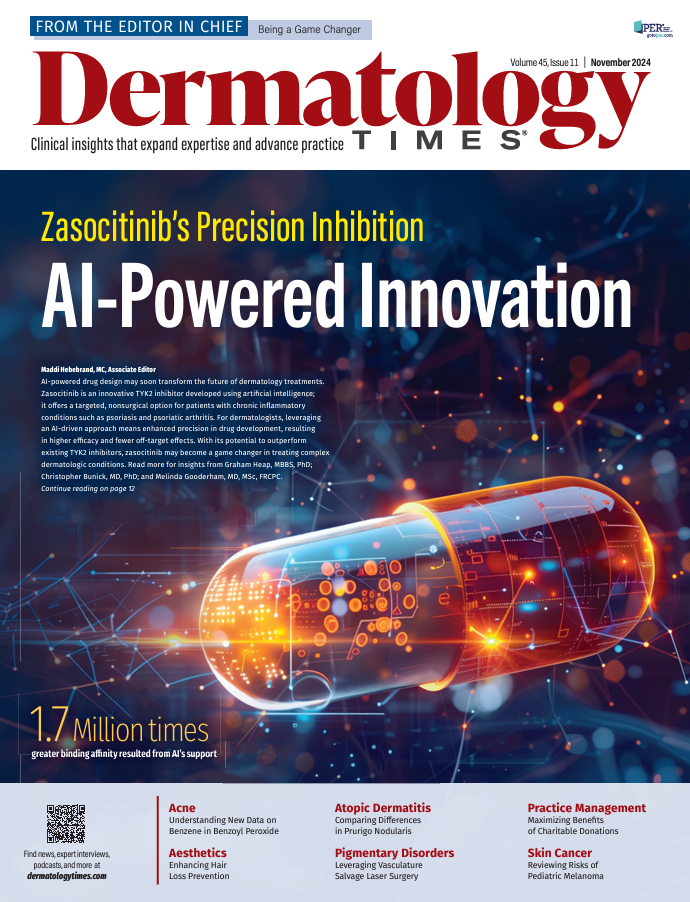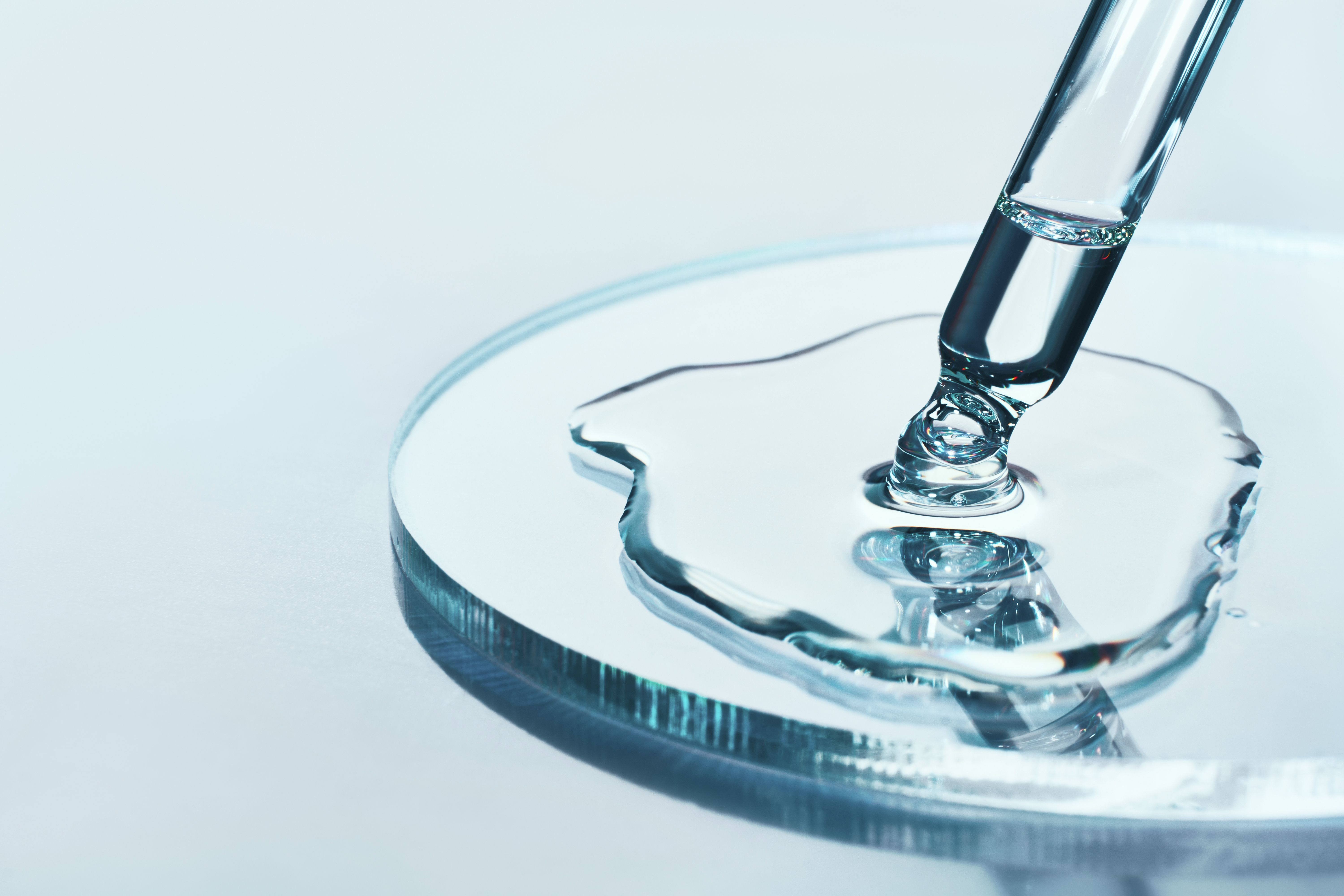- Acne
- Actinic Keratosis
- Aesthetics
- Alopecia
- Atopic Dermatitis
- Buy-and-Bill
- COVID-19
- Case-Based Roundtable
- Chronic Hand Eczema
- Chronic Spontaneous Urticaria
- Drug Watch
- Eczema
- General Dermatology
- Hidradenitis Suppurativa
- Melasma
- NP and PA
- Pediatric Dermatology
- Pigmentary Disorders
- Practice Management
- Precision Medicine and Biologics
- Prurigo Nodularis
- Psoriasis
- Psoriatic Arthritis
- Rare Disease
- Rosacea
- Skin Cancer
- Vitiligo
- Wound Care
News
Article
Dermatology Times
New Hydroquinone Pigmentation Alternatives
Author(s):
Key Takeaways
- Silymarin, derived from milk thistle, inhibits melanin production by targeting tyrosinase and is often combined with other botanical inhibitors.
- Azelaic acid, a natural fungal derivative, brightens skin by inhibiting tyrosinase and is found in many cosmetic products.
Plant-based compounds are being explored for their antioxidant and anti-inflammatory benefits in skin care.
Zoe Draelos

Removing hydroquinone from the over-the-counter (OTC) marketplace created a void for e ffective products to lighten and brighten unwanted skin pigmentation. Although hydroquinone remains a popular pigment brightening option, dermatologists need to understand effective OTC ingredients that may be used to complement prescription products or to replace prescription products when the maintenance phase of treatment is reached. This article examines some of the new pigment-brightening ingredients entering the cosmetic realm.
Silymarin
Silymarin is a naturally derived ingredient from Silybum marianum (the milk thistle plant) that is rich in polyphenolic flavonoids, which are potent antioxidants and anti-inflammatories. However, silymarin also prevents melanin production by inhibiting the levodopa oxidation activity of tyrosinase and reducing the expression of tyrosinase protein. Silymarin is typically used with other botanically derived melanin production inhibitors, such as azelaic acid.
Azelaic Acid
Azelaic acid is well known to the dermatologist as a prescription medication for rosacea treatment. Azelaic acid is a natural fungal derivative produced by Malassezia furfur, the causative organism of tinea versicolor, with anti-inflammatory and antibacterial properties. Because azelaic acid is naturally present on the skin surface, it is now found in many cosmetic products. Azelaic acid functions as a pigment brightener by inhibiting tyrosinase, mitochondrial oxidoreductase activation, and DNA synthesis.
Arbutin
Arbutin is a botanically derived substance from Arctostaphylos uva-ursi (the bearberry plant) used by American Indians in skin preparations. Pigment-brightening formulations no longer use arbutin but rather the synthetically produced deoxyarbutin. Arbutin and deoxyarbutin both inhibit tyrosinase, the rate-limiting step for melanin production. Silymarin, deoxyarbutin, and azelaic acid can be combined to address several different mechanisms of skin brightening e ffectively.
Tranexamic Acid
One of the newest topical pigment-lightening ingredients in the OTC realm is tranexamic acid. Tranexamic acid is a prescription drug when administered by injection for postpartum bleeding and orally for the treatment of menorrhagia. It has been administered by injection, orally, and topically for pigment brightening. Tranexamic acid is chemically known as trans-4-(aminomethyl) cyclohexanecarboxylic acid. It is a synthetic lysine derivative inhibiting plasminogen activator, thereby stopping the conversion of plasminogen to plasmin. This reduces arachidonic acid and prostaglandin levels, which diminishes melanocyte tyrosinase activity, leading to skin brightening. Tranexamic acid also reduces tyrosinase-related proteins (TRP1 and TRP2). Orally, the drug is administered at 250 mg twice daily for 3 months to lighten skin. It has been administered with microneedling intradermally to improve pigmentation. These are both o ff-label indications, according to the FDA. Tranexamic acid is finding its way into many topical skin-brightening products in combination with some of the aforementioned ingredients.
Cysteamine
The newest addition to the OTC pigment brightening armamentarium is cysteamine, chemically known as cysteamine hydrochloride, derived from the degradation of coenzyme A. It is a naturally occurring metabolite of L-cysteine, a sulfur-containing amino acid. Therefore, cysteamine has an unpleasant sulfur odor that must be stabilized in formulation. It brightens pigment by inhibiting tyrosinase, chelating iron and copper, scavenging dopaquinone, and increasing intracellular glutathione. It is administered orally in a lysosomal storage disorder known as nephropathic cystinosis. Cysteamine is a potent antioxidant and a cutaneous irritant causing dryness, tingling, and burning. It should not be applied immediately after washing the face. Some physicians recommend putting it on the face for an hour followed by washing to minimize irritation, whereas others recommend using a moisturizer on top of the cysteamine formulation.
Summary
None of the individual pigment-brightening ingredients discussed is sufficient by itself to mimic the pigment brightening e ffects of hydroquinone. For this reason, most ingredients are used as a combination of 3 of 4 of those mentioned. This allows the combination of ingredients with many di fferent mechanisms of action, all inhibiting melanin production to achieve enhanced efficacy.
Zoe Diana Draelos, MD, is a consulting professor of dermatology at Duke University School of Medicine in High Point, North Carolina, and Dermatology Times’ editor in chief emeritus.

Newsletter
Like what you’re reading? Subscribe to Dermatology Times for weekly updates on therapies, innovations, and real-world practice tips.














